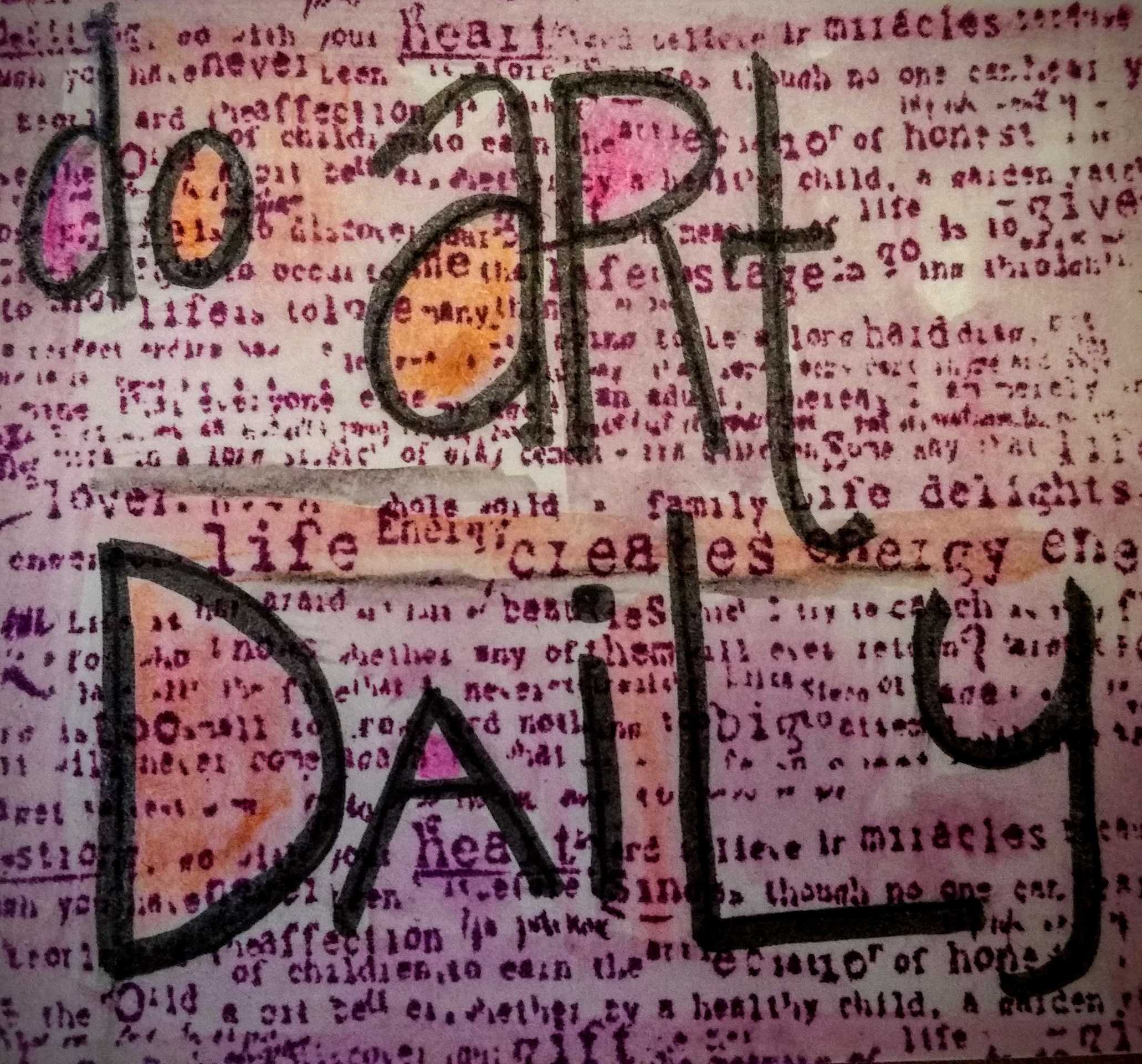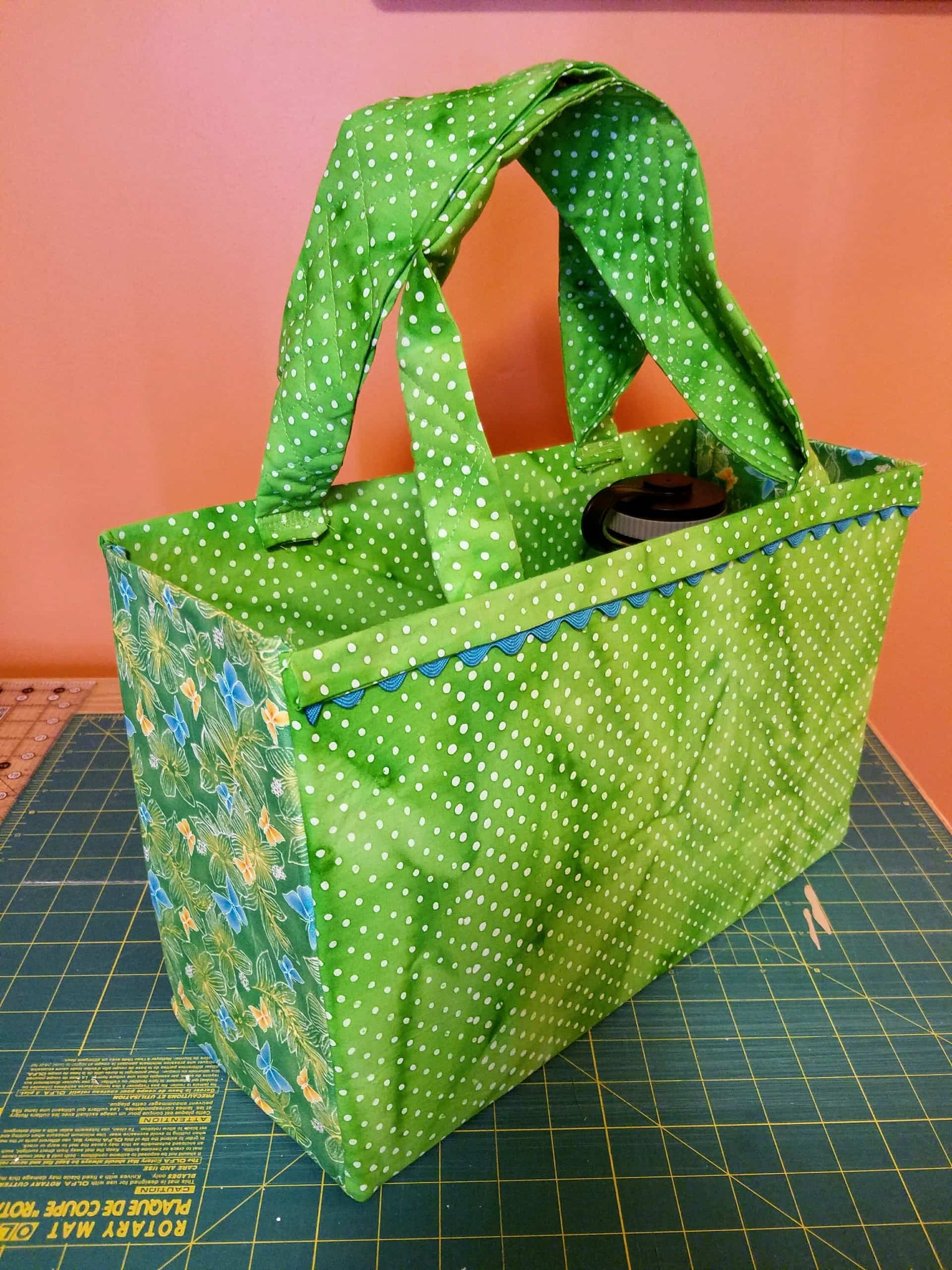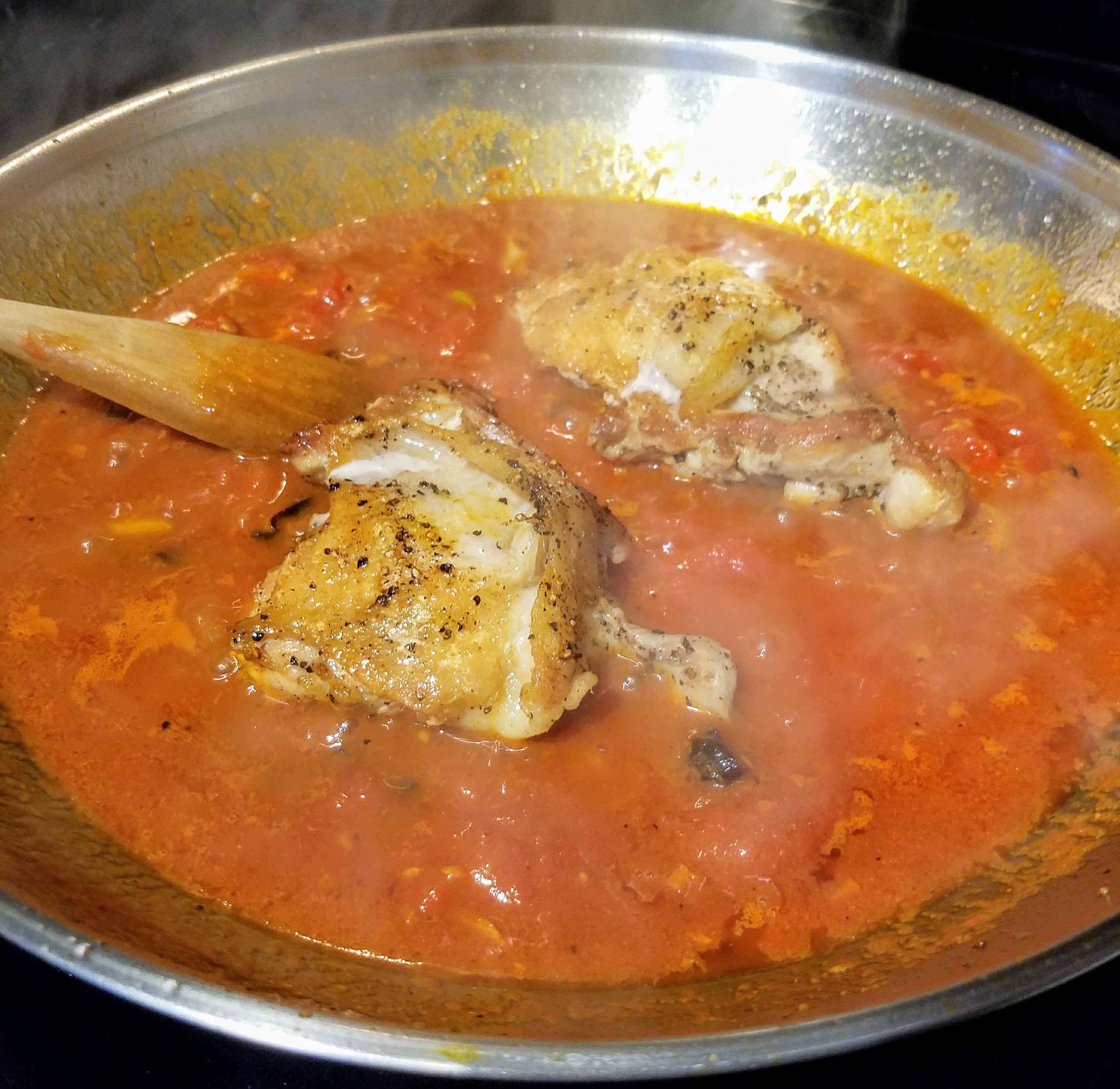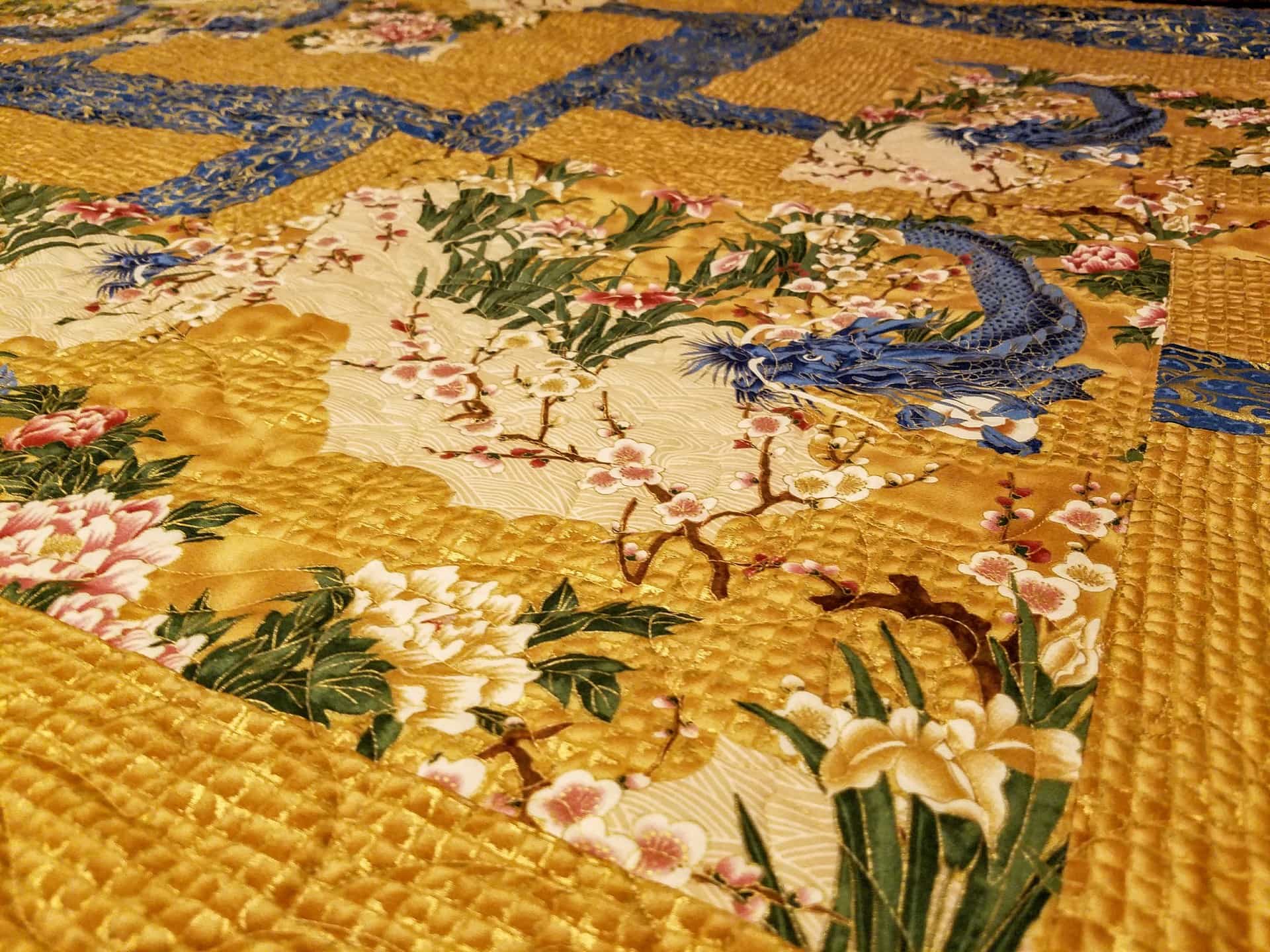Today will be the inaugural post in a series on creating mud art. I have somehow epically failed and can’t find a single picture of any of the previous artworks I have done in this form. Blurg.
In other new, it is the inaugural day of my first tweet! I finally went for it. You can follow me @marieisomnia! Next up, Instagram. And Facebook. And G+. And… Why is social media so difficult for my brain to understand? Anywho, back to the point…
Mud art is super fun! I absolutely love it for two reasons: first, it is messy and you can smoosh stuff into it and second, it takes a few minutes a day and is a great way to fit a bit of art into every day!
Materials:
 So, I didn’t say this wasn’t materials intensive, there’s a few things you need to get started:
So, I didn’t say this wasn’t materials intensive, there’s a few things you need to get started:
- joint compound aka mud aka spackle
- taping knife
- 1/8″ hardboard (I had them cut this down into four sheets that I could get into the back of my car!)
- primer
- sand paper or sanding block or sanding sponge
- gloss medium and varnish
- acrylic paints
- gloves
- lots of ‘stuff’ to make shapes in your mud and adhere to the panel
Now, I know that looks like a ton of stuff to do a little project, and being fair, it is. I don’t know about anyone else, but I had a lot of this already hanging around the house from home improvement projects, art projects and the like; you may too.
Step 1: Cutting and Priming
The first step in this process is cutting (or getting cut) your hardboard down to size. As before, we have a table saw and a chop saw at my disposal. I don’t know how many people have these items, but if you don’t, plan when you go to the lumber yard or phone a friend!
I chose a 5″ x 7″ panel for my trials as it is a small and easy to work with size. I wasn’t sure how it was going to come out, so I went small. Sand the edges of your board, prime and let it dry thoroughly. I went with a couple of days my first time. You are priming so that the water in the joint compound doesn’t cause the hardboard to disintegrate. Make sure you prime the edges thoroughly as well, otherwise they act as an excellent wick.
Next Week: Mud Time!
So that’s it for today, I will see you next week when the mud hits the board!
Hit me up with any questions!





[…] the event that I didn’t give full credit for the inspo on this series in first installment, Paul Bozzo is the artist I learned this from via YouTube. I recently purchased one of his pieces […]